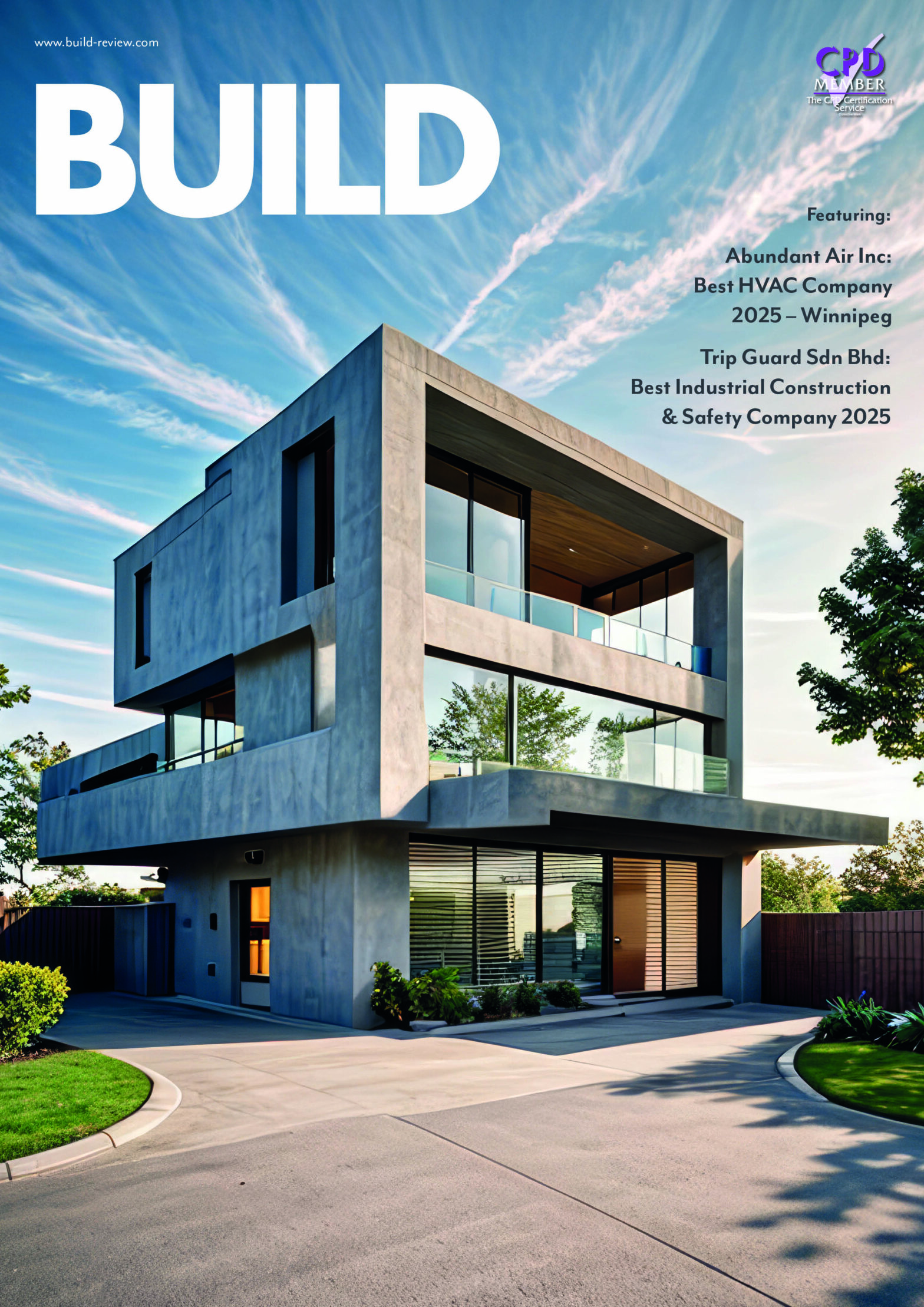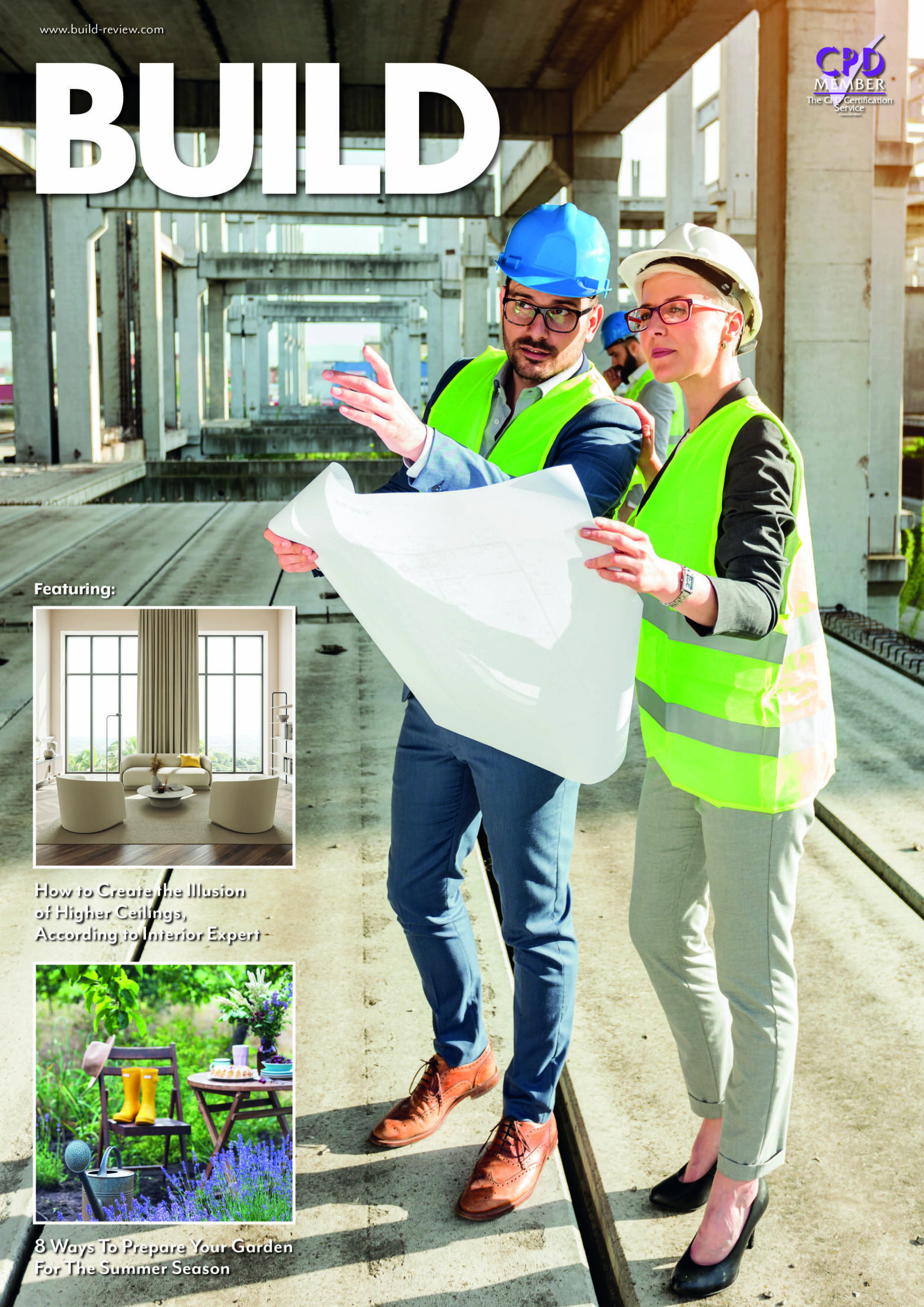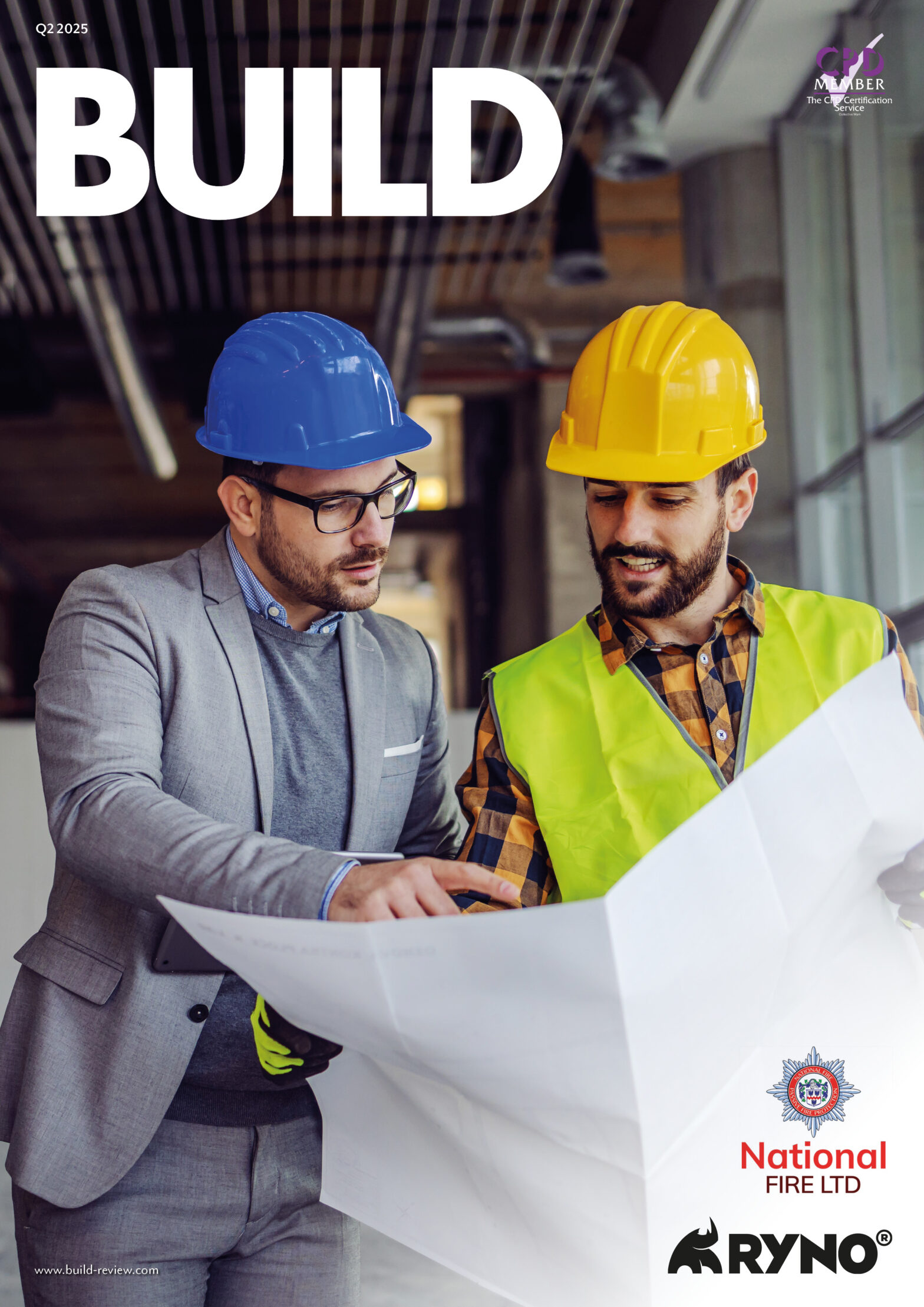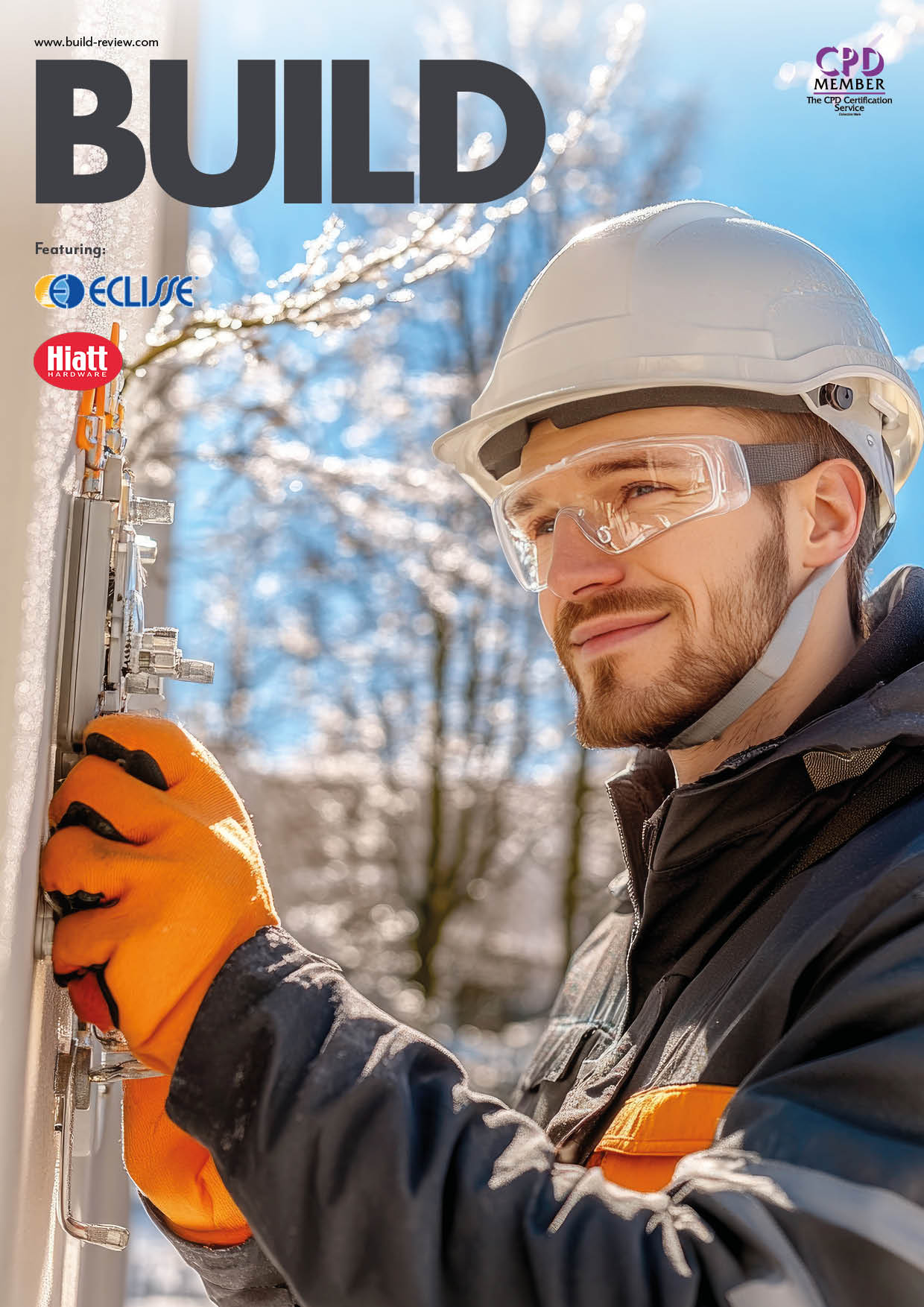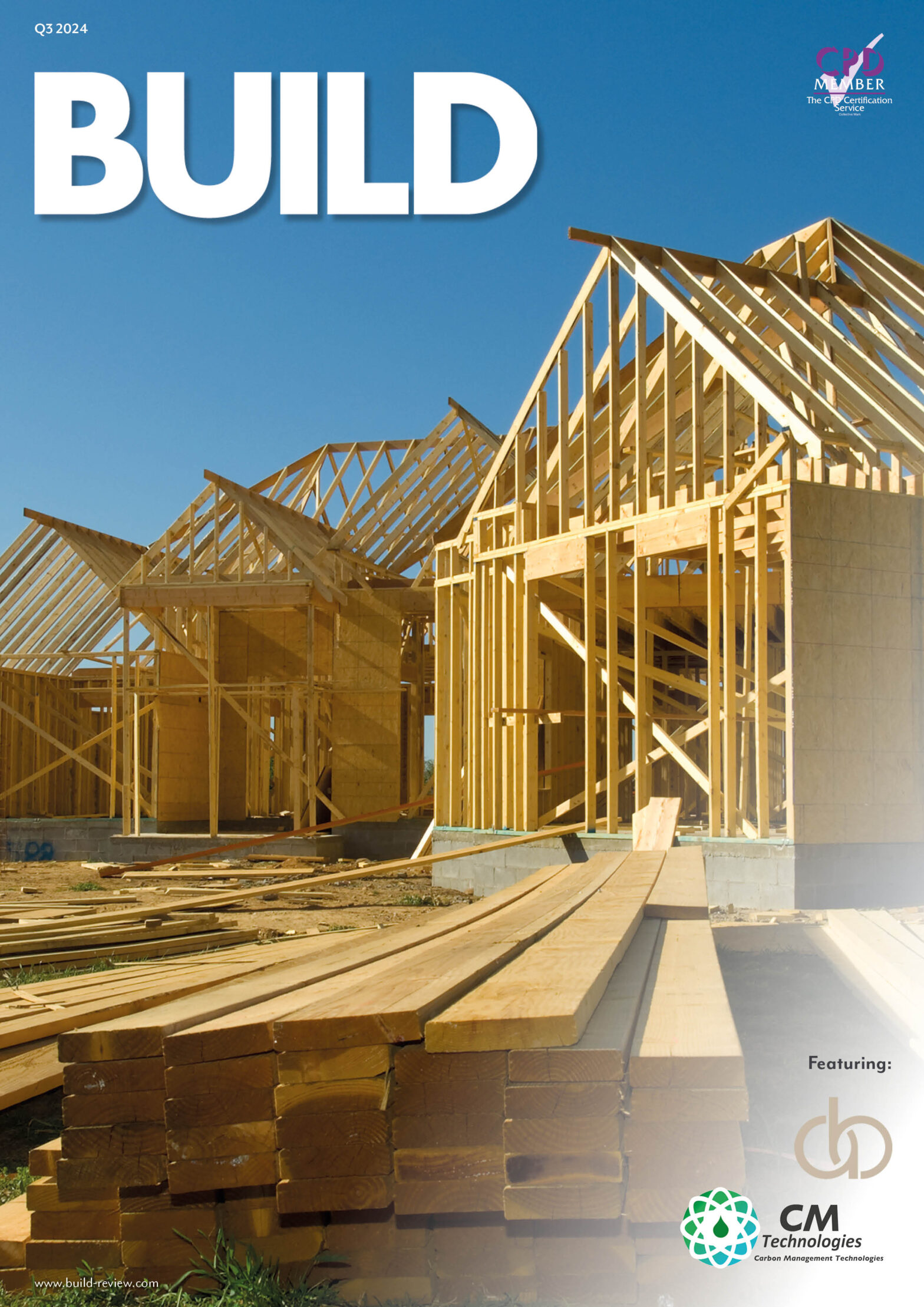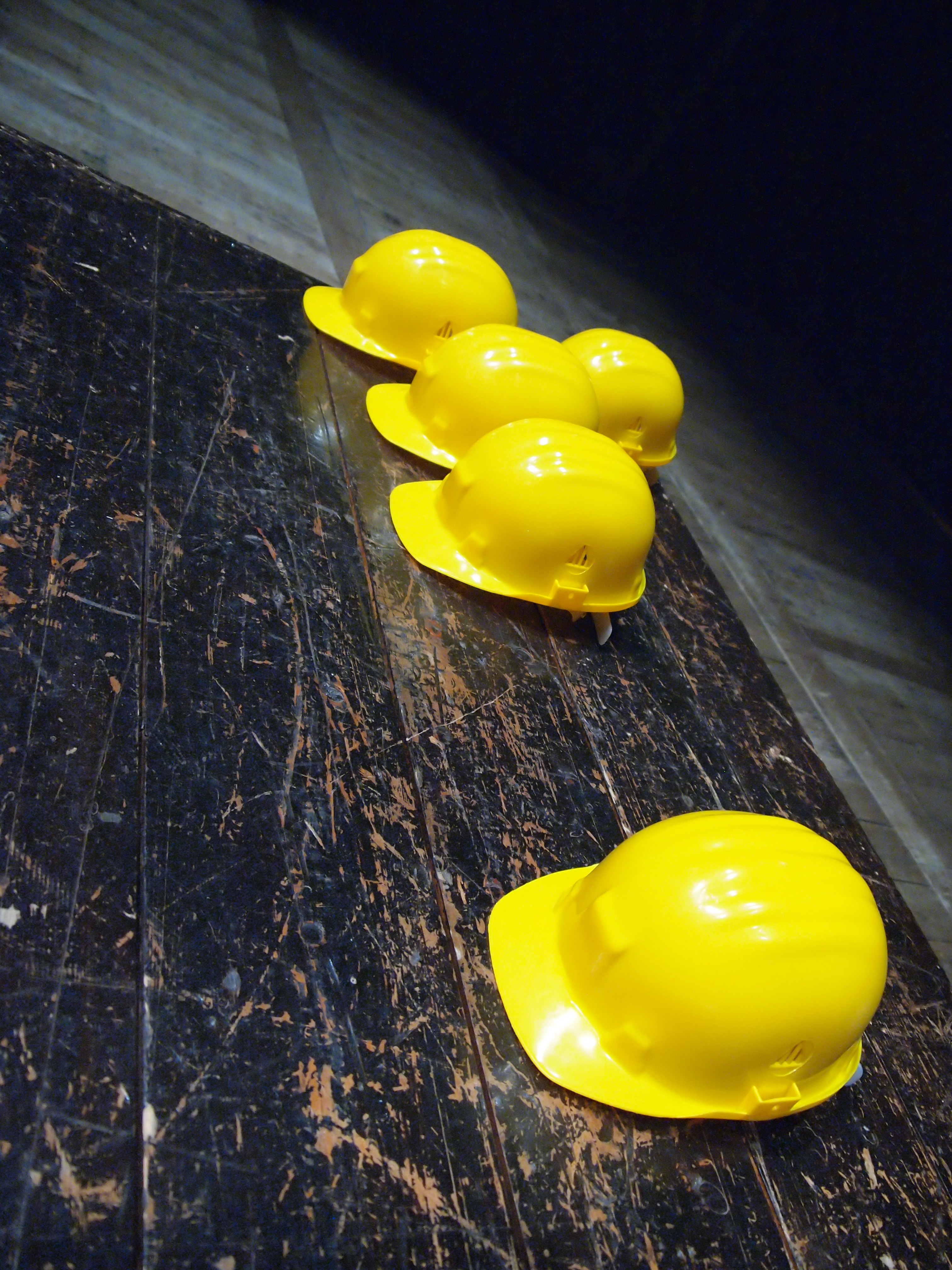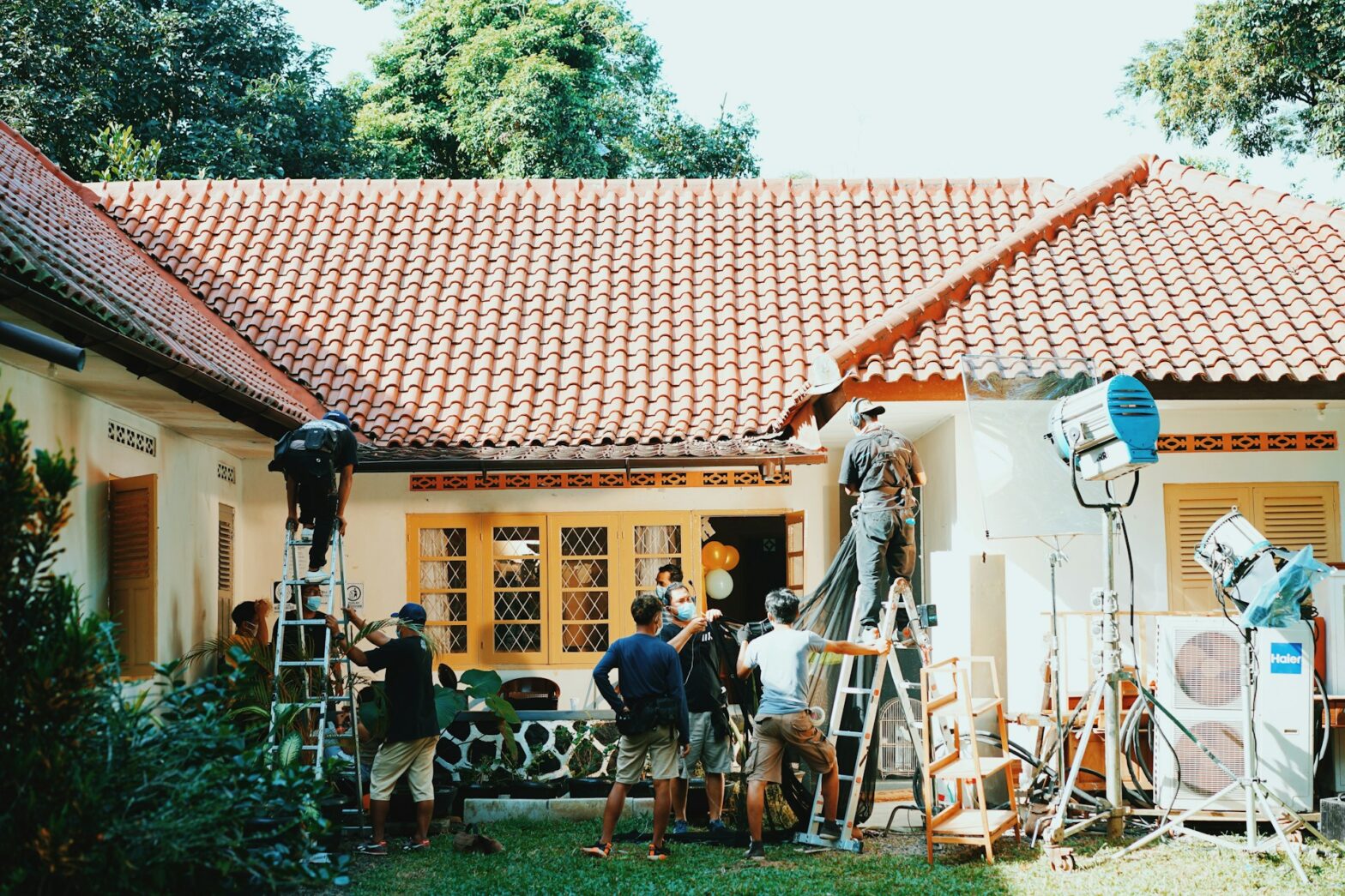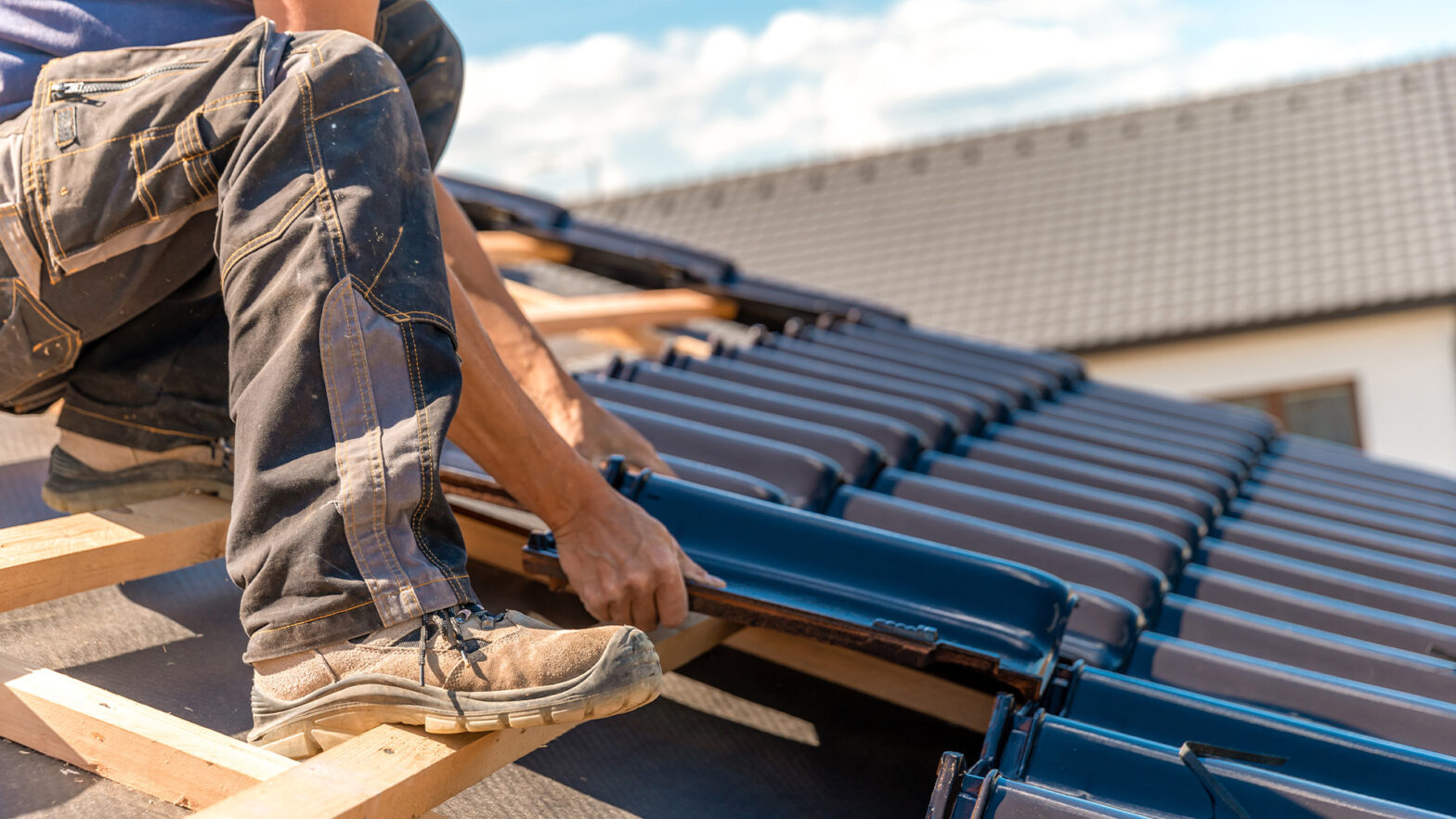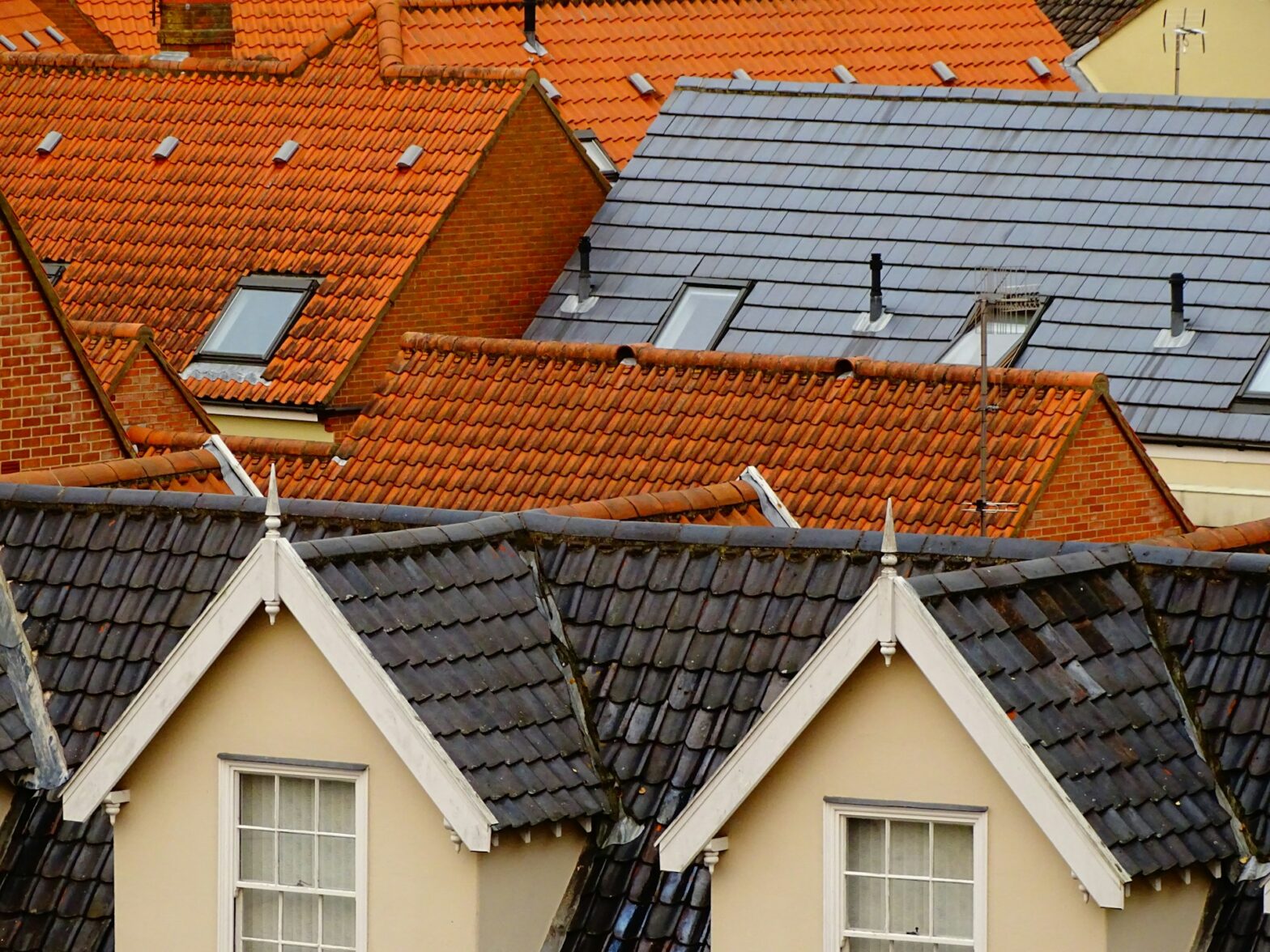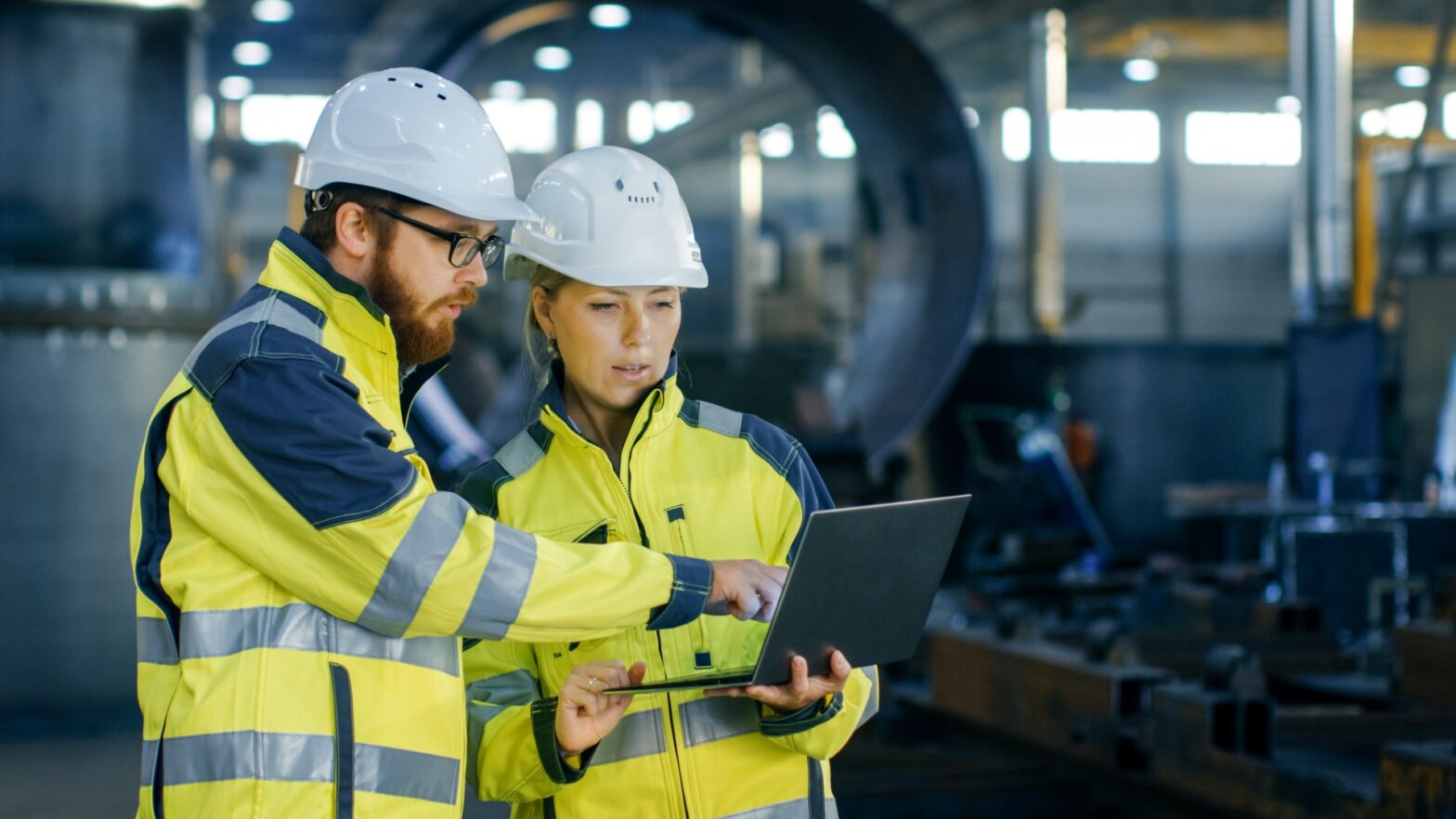How often do construction projects go exactly as planned? From delays and budget overruns to post-build landscaping headaches, even small oversights can lead to big frustrations. Whether you’re managing a residential build or overseeing a larger site, knowing what to avoid at each stage can save time, money, and stress.
Let’s go through some of the most common construction missteps (before, during, and after the build) while showing how industrial tools and thoughtful planning can turn a chaotic process into a smooth, successful project.
Before You Break Ground – The Forgotten Foundation
One of the most common mistakes in construction projects is underestimating the importance of site preparation. Homeowners and small developers often delay or skip essential tasks like securing proper permits, fencing the perimeter, or clearly marking utilities.
These oversights can lead to project delays, safety violations, or unexpected utility damage. For example, failing to call for utility marking before excavation can result in hitting underground lines, which is both dangerous and expensive to repair.
Beyond basic prep, modern construction sites now rely on precision tools like drone mapping and laser scanning to survey land accurately. These technologies reduce guesswork and ensure machinery operates within the planned footprint.
If you’re not using a contractor who incorporates digital planning or site-leveling tools, you may be missing out on faster, more accurate work. Proper planning sets the tone for everything that follows—and skipping it often means paying for the same work twice.
During Construction – Where the Real Trouble Starts
Many homeowners assume that once construction begins, they can step back and let the professionals handle everything. While trusting your contractor is important, completely checking out of the process can lead to costly miscommunication.
Delays often happen not because of incompetence but due to unclear expectations, scheduling confusion, or small mistakes that snowball. Checking in regularly, asking questions, and documenting changes can save time and reduce misunderstandings.
This is also the phase where heavy machinery takes over. Backhoes, compactors, and skid steers can quickly damage the surrounding environment if not managed properly. Soil compaction caused by these machines can lead to drainage issues or failed landscaping after the build.
On the positive side, tools like CNC-machined framing systems and pre-fabricated steel components can speed things up and minimise human error. The key is making sure everything—from tech to manual labor—is coordinated.
Don’t Cut Corners on Safety (Even If You’re Not on Site)
It’s easy to think that construction site safety is the builder’s responsibility, but property owners can be liable if the site isn’t secured properly. Open pits, exposed wiring, or unstable scaffolding can become dangerous not only for workers but also for trespassers or curious kids in the neighborhood. If your site isn’t clearly marked and well-lit, it can lead to accidents—and lawsuits. Even small measures like warning signs and temporary barriers go a long way in reducing risk.
Today’s safer job sites often incorporate tech like motion sensors, smart alarms, and gas detectors to protect against theft and environmental hazards. These aren’t just for large commercial builds—affordable versions are available for residential projects too.
Installing relay panels to manage temporary lighting or critical systems can also improve control and reduce fire risk from overloaded circuits—especially on larger builds or multi-zone projects. A secure job site isn’t just about avoiding accidents. It also helps keep schedules on track by reducing theft of tools and delays caused by vandalism. Proactive safety measures keep both people and the project protected.
After Construction – Don’t Abandon the Final 10%
Once the final inspection is done and tools are packed away, many people assume the hard part is over. But the post-construction phase can be just as important, especially when it comes to outdoor recovery.
Construction equipment often leaves the soil compacted and uneven, which makes it difficult for grass or plants to grow. Simply spreading grass seed without addressing the soil can lead to patchy, weak growth that washes away with the first rain.
Start by aerating the soil and applying a layer of nutrient-rich topsoil. Then choose plants based on your local climate, light conditions, and long-term maintenance goals. A quick visit to a nearby grass shop can help you find the right seed or turf blend for your region, along with advice on soil prep and watering schedules.
For a polished look, consider using recycled materials like stone offcuts, crushed concrete, or rust-resistant steel edging. These add structure while keeping with the industrial theme.
The Build as a Blend of Precision and Vision
Construction today is as much about technology as it is about craftsmanship. Robotic rebar tiers, automated tile cutters, and 3D layout systems are helping teams complete projects faster and more accurately than ever. These tools reduce human error and repetitive strain, making the job more efficient and safer. But even the most advanced tools require human judgment, creativity, and a vision for the final product.
Think of your project as more than just an investment—it’s a creative process where materials, design, and precision come together. The best results happen when homeowners or developers stay engaged and see the build as a collaboration, not just a transaction. With the right mix of planning, smart tech, and thoughtful finishing touches, you can avoid costly mistakes and end up with a space that looks sharp and functions perfectly.
Conclusion
What’s the point of building something new if it ends up causing more stress than satisfaction? A successful construction project requires more than a good contractor—it demands proactive decisions, attention to detail, and a clear vision from start to finish.
By avoiding common mistakes, staying involved during each phase, and treating the final touches with the same care as the foundation, you not only protect your investment but also create a space that’s built to last and ready to thrive.

